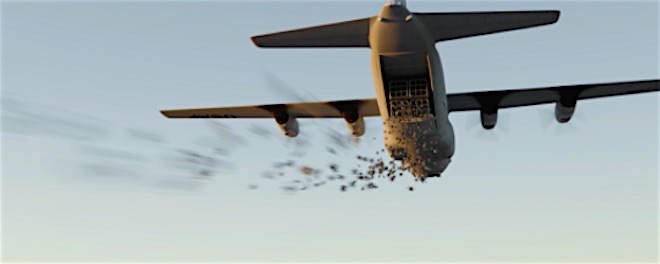Killerbots, guided by Pine Gap, same as any other weapon?

As Alice Springs hosts a military base that is intimately involved in remote warfare, Pine Gap, residents here have more than the usual stake in a debate unfolding far beyond our horizons – whether to ban or how to control Lethal Autonomous Weapons Systems, as the United Nations has dubbed them, or “killer robots” in popular parlance.
These are close to becoming a reality. The design capabilities being developed for driverless cars and AI-driven cameras are also being used for developing killer machines.
An Australian Airforce conference last year heard about nano-explosives with 10 times the force of conventional explosives that can be mounted as warheads on small drones. These drones can be manufactured in a 3D-printing process – tens of thousands a day with only 100 printers is already possible. The US and Chinese militaries are already working on launching large numbers in minutes, the conference was told.
The decision, in the conflict zone, of what to hit and what to avoid will have been programmed in at the design stage. Deployment and targeting will still be human-directed. It is the targeting function that makes the Joint Defence Facility Pine Gap relevant, as it is already, and has for a long time been, a key provider of targeting data to piloted and remotely piloted (no-one on board) weaponised airforce assets. As such, JDFPG is part of Australian and US weapons systems and is controversially involved in drone strikes in countries with which Australia is not at war.




